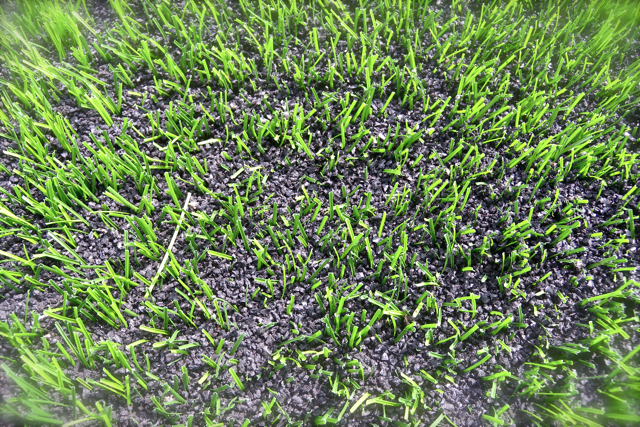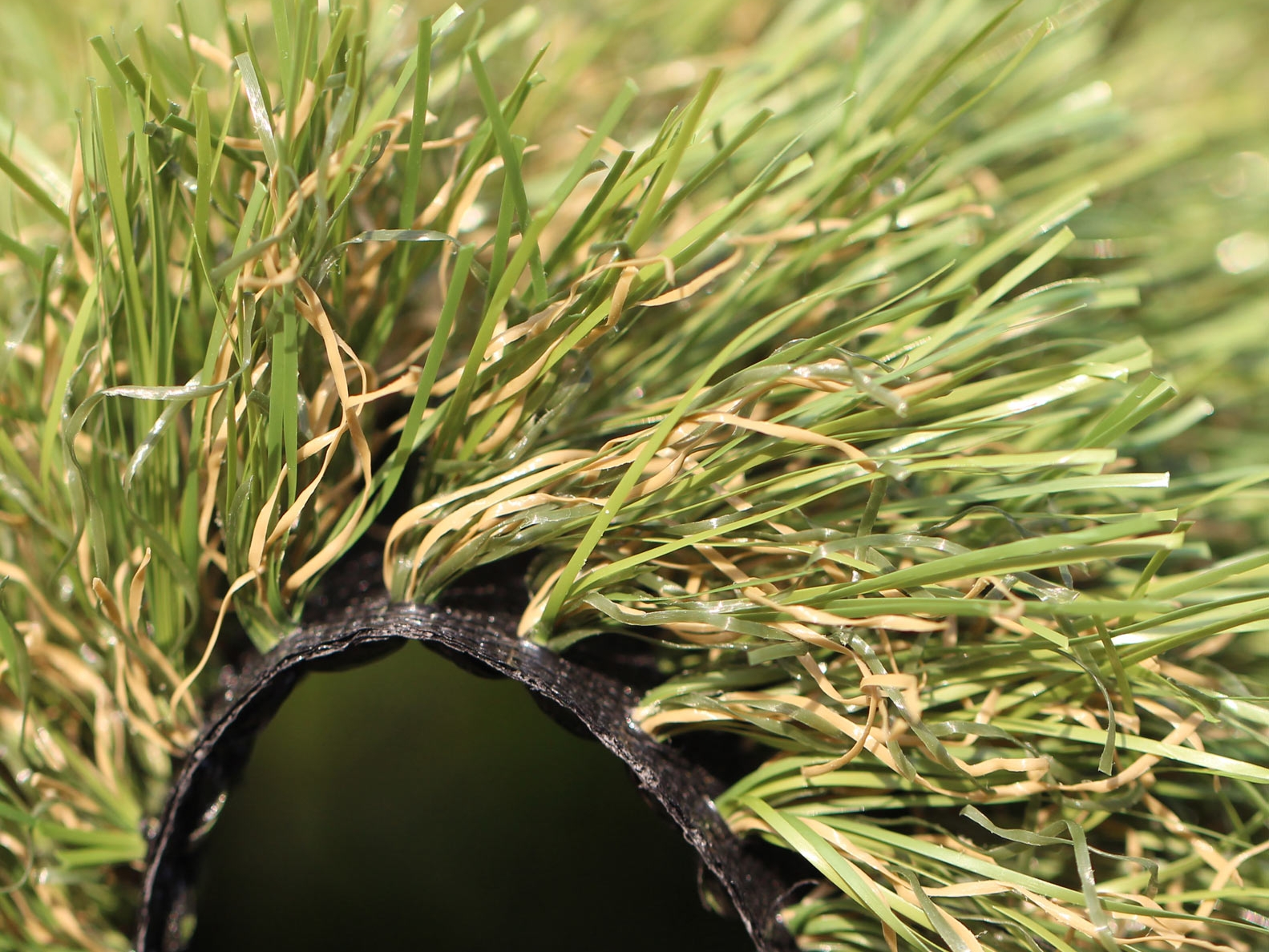Best Phoenix Turf Companies Offering Premium Synthetic Grass Options
Best Phoenix Turf Companies Offering Premium Synthetic Grass Options
Blog Article
Look Into the Environmental Perks of Opting for Synthetic Grass Solutions
The fostering of artificial turf options provides an engaging chance to deal with pushing ecological difficulties. By considerably lowering water usage and reducing the application of dangerous chemicals, these options not just promote sustainable landscape design but additionally safeguard regional communities. Moreover, the reduced carbon impact connected with lowered maintenance tasks adds to a more sustainable technique to land management. Nevertheless, the effects of these advantages expand beyond plain conservation initiatives, questioning about their long-lasting impact on environment conservation and overall environmental equilibrium. Checking out these measurements discloses a complex interplay worth taking into consideration.
Water Conservation Advantages
One of the most substantial benefits of fabricated lawn is its ability to save water. In comparison, synthetic lawn does not require watering, dramatically minimizing the total need for water sources.
By getting rid of the requirement for routine watering, synthetic turf adds to lasting landscape practices and aids mitigate the ecological influence of too much water usage. Moreover, the conservation of water prolongs to the reduction of runoff, which can result in soil disintegration and waterway contamination.
In addition, the installment of synthetic lawn allows property owners and communities to designate water sources extra successfully, focusing on vital uses such as alcohol consumption water and farming. The change towards synthetic grass not just promotes liable water use however also aligns with wider ecological objectives focused on maintaining natural deposits.
As neighborhoods significantly prioritize sustainability, the water conservation advantages of synthetic grass offer a compelling case for its adoption in property and industrial landscape design tasks.
Decreased Chemical Use
The transition to fabricated lawn considerably reduces the dependence on chemical treatments generally utilized in all-natural grass upkeep. Conventional grass administration typically includes the application of herbicides, fertilizers, and chemicals to advertise development and control parasites. These chemicals can pose risks to human health and wellness, regional wildlife, and the atmosphere, adding to dirt and water contamination.
On the other hand, synthetic grass gets rid of the demand for these unsafe materials. Once installed, it calls for minimal upkeep, largely containing normal cleansing and seldom infill replenishment. This decrease in chemical use not just benefits the immediate environment but likewise contributes to wider ecological stability. By lessening the launch of artificial substances into the environment, fabricated turf advertises healthier soil and water supply.
Additionally, the absence of chemical runoff connected with synthetic grass installments aids shield regional waterways from pollution, supporting aquatic life and maintaining biodiversity. Arizona artificial turf. As areas progressively prioritize sustainable practices, choosing synthetic grass provides a practical option that straightens with environmental preservation goals. Via this change, homeowner can take pleasure in lavish green areas without compromising ecological wellness, leading the way for a much more lasting future
Lower Carbon Impact

Moreover, the installment of synthetic grass can cause substantial water conservation. All-natural grass call for significant quantities of water for irrigation, which not just includes in the carbon impact related to water removal and treatment but also stress neighborhood water resources. On the other hand, artificial grass requires minimal maintenance, requiring no watering, thus dramatically reducing water use and its connected power expenses.
Furthermore, the long life of artificial lawn adds to its decreased carbon effect. Check This Out With a lifespan of approximately 15 years or more, the requirement for constant replacements is decreased, resulting in less waste and lower power intake in manufacturing and disposing of conventional grass options. On the whole, synthetic grass offers a lasting option for eco conscious landscape design.
Environment Conservation
Environment conservation is a crucial consideration in the discussion over landscape design selections, specifically when comparing synthetic grass to all-natural grass. All-natural grass yards usually require substantial maintenance, including making use of pesticides, plant foods, and herbicides, which can adversely influence neighborhood ecological communities. These chemicals can seep into the dirt and rivers, harming indigenous flora and fauna and disrupting regional habitats.
Man-made turf eliminates the need for damaging chemicals, thereby shielding close-by wildlife and preserving the integrity of bordering communities. The setup of artificial turf can lead to the conversion of former grass locations into more biodiverse landscapes, such as pollinator gardens reference or native plant locations, which can sustain neighborhood wildlife.
Ultimately, the change to artificial lawn not only conserves water and minimizes upkeep initiatives however additionally cultivates an extra unified partnership between human tasks and the natural surroundings, advertising environment conservation in the procedure.
Long-Term Sustainability
Long-lasting sustainability is an important consider reviewing the advantages of synthetic grass over standard grass lawns. One of one of the most significant advantages of synthetic grass is its resilience; it can last approximately 15-20 years with very little maintenance, whereas natural yard calls for frequent reseeding and replacement. This long life decreases the need for consistent sources, such as water, fertilizers, and pesticides, which are necessary for keeping a healthy and balanced turf lawn.
In addition, synthetic grass adds to a reduction in carbon emissions related to yard treatment tools. Typical lawns usually require gas-powered mowers, leaners, and blowers, all of which add to air pollution. Phoenix turf companies. On the other hand, artificial turf eliminates the need for such devices, promoting a cleaner environment
Moreover, the manufacturing of synthetic grass significantly uses recycled products, boosting its sustainability account. As producers take on environmentally friendly methods, the environmental impact of artificial lawn remains to reduce.

Verdict
The adoption of man-made lawn solutions provides significant environmental benefits, consisting of considerable water preservation, lowered dependence on damaging chemicals, and a reduced carbon impact. In addition, synthetic grass help in protecting natural environments by lessening land disturbance and advertising long-term sustainability with the usage of sturdy products. Jointly, these elements highlight the potential of fabricated lawn to contribute favorably to ecological health and offer a practical alternative to standard landscape design practices in a significantly resource-conscious world.
In comparison, man-made turf does not need watering, substantially reducing the overall demand for water sources. By decreasing the launch of synthetic compounds into the ecological community, fabricated grass advertises much healthier dirt and water systems.
Furthermore, the installment of synthetic grass can result in substantial water conservation. In comparison, synthetic turf needs minimal maintenance, requiring no watering, consequently significantly minimizing water use and its linked energy costs.

Report this page